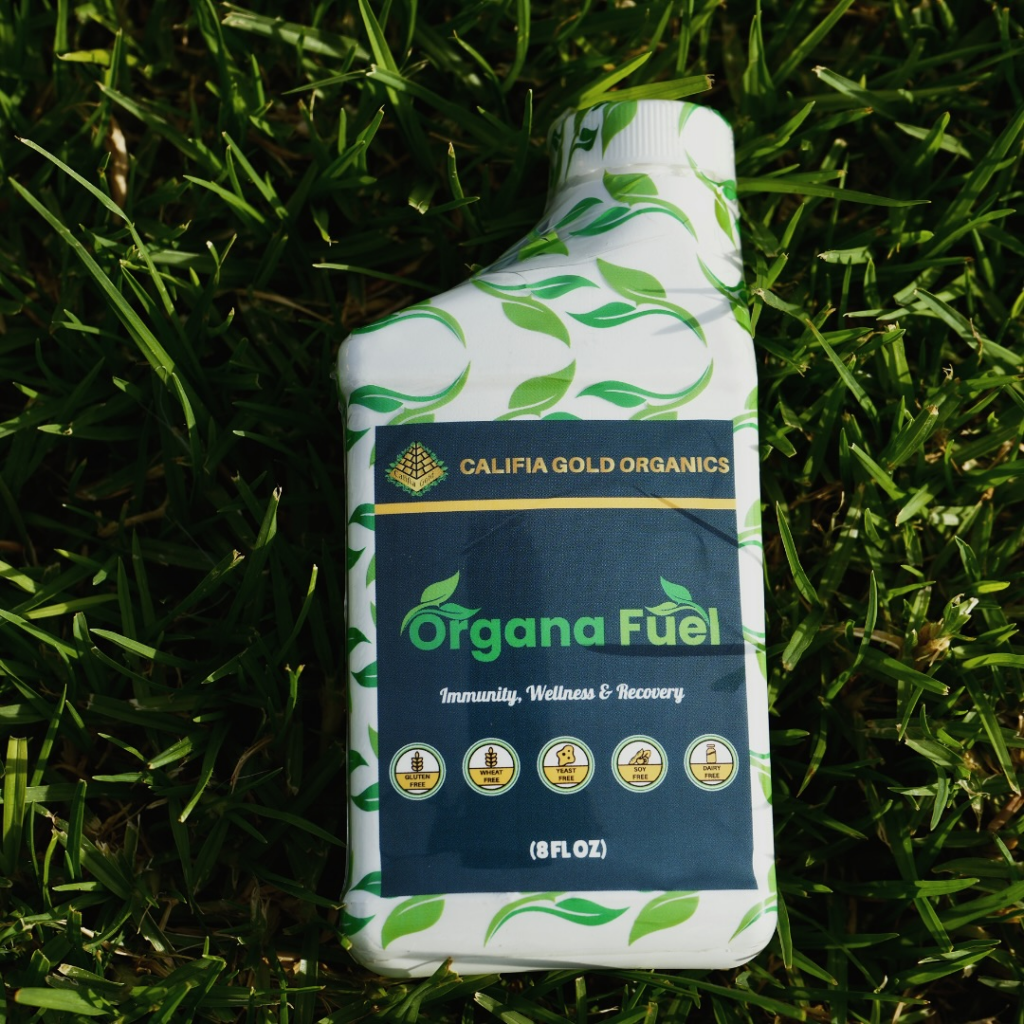Choosing the right feeder is one of the most important decisions that a shop responsible for machining bars can make. These feed systems help to improve productivity, throughput and quality – but in order to receive the most benefit from the system, it is important that it be matched to the particular needs of the operation. There are actually two types of feeders available – the hydrostatic and the hydrodynamic. We have outlined the pros and cons of each here.
Hydrostatic
In hydrostatic feed systems, the machining bars rest in a series of guide channels that are usually comprised of plastic. Many people liken them to clamshells, as there is a top half and a bottom half that close around the bar to hold it in place and provide stability. The guide channels will often accept a wide range of sizes before needing to be changed. Hydrostatic is also known as a magazine-type system that automatically reloads bar stock.
Large volumes of oil are pumped into each of the closed guide channels in order to create hydrodynamic support, whilst the bar advance mechanism operates independently of the oil system and is powered by the servomotor. If the production run is in the thousands, you will find that this system is the most appropriate choice. This is because it is, basically, an automated system that does not need to be monitored.
Hydrodynamic
In hydrodynamic feed systems, on the other hand, the machining bars are held in a feed tube and surrounded by pressurised flowing oil. Most of these systems actually require that the bar be manually reloaded one at a time. In order to change the stock size capacity of these systems, the feed tube must also be changed. This system is considered part-time automatic and is generally only suitable for production runs in the hundreds.
This system uses oil to both exert pressure on the pusher piston (for advancing the stock) and for supplying oil to the front of the feed tube (for developing hydrodynamic support). As the bar spins, oil surrounds and pushes against it (as well as against the feed tube ID) in order to create a fluid bearing wedge. This serves to centre the bar in the feed tube, as well as to act as a noise dampener. As the speed increases, so does the centering force increase.
Cost
At the end of the day, one of the major considerations in choosing between the two feed systems is the cost. A hydrodynamic feeder will often set you back between $10,000 and $20,000. A hydrostatic feeder, on the other hand, will often set you back between $20,000 and $50,000 (with most falling into the $30,000 to $35,000 category). You must also take into account the cost of the turning equipment needed to complete the process.
In the end, it is important to understand that each type of feed system will support machining bars well and (if they have been properly set up) there won’t be any significant difference between their performance. You should make your ultimate decision based on how the system will be used – keep in mind that hydrostatic feeders are automated and suited to runs in the thousands, whilst hydrodynamic feeders are semi-automated and suited to runs in the hundreds.














